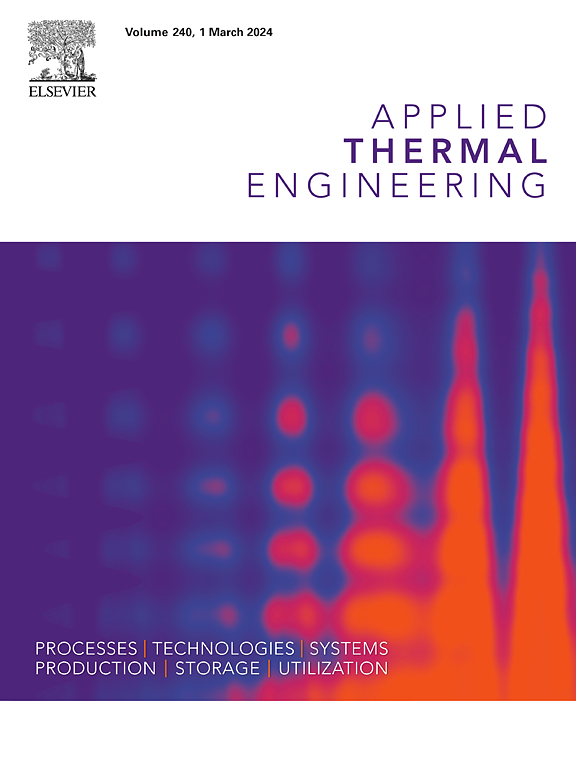A fast and accurate Data-Driven Model for estimating the production temperature of High-Temperature Aquifer Thermal Energy Storage
IF 6.9
2区 工程技术
Q2 ENERGY & FUELS
引用次数: 0
Abstract
High-Temperature Aquifer Thermal Energy Storage (HT-ATES) has the potential to significantly increase the renewable heat share in heating systems. However, HT-ATES has not been implemented in the current energy system models because the widely applied numerical models for HT-ATES are computationally expensive. This leads to a lack of HT-ATES assessment from an energy system perspective. Therefore, an accurate and computationally efficient model that is widely applicable is needed to facilitate such implementation. This research aimed to develop a novel data-driven model that generates the temperature profile of an HT-ATES accurately and computationally efficiently. A trained machine learning algorithm predicts the recovery efficiency for an HT-ATES system, which, combined with other parameters, enables a nearest neighbor search to identify a suitable temperature profile. As a result, the temperature profile generated by the data-driven model has a root mean square error of 1.22 °C compared to the numerical model output. This error was shown to be larger for lower recovery efficiency values compared to higher values. The machine learning algorithm used to predict the recovery efficiency has a root mean square error of 1.45 percentage points. The data-driven model has a computation time of less than half a second, which is more than 180,000 times faster than the numerical model that was used to generate the data. This model is, therefore, suitable for integration in larger energy system models.
一种快速准确的高温含水层储热生产温度估算数据驱动模型
高温含水层热能储存(HT-ATES)具有显著增加供热系统中可再生热量份额的潜力。然而,目前的能源系统模型尚未实现HT-ATES,因为广泛应用的HT-ATES数值模型计算成本很高。这导致缺乏从能源系统的角度对高温-热当量进行评估。因此,需要一种准确的、计算效率高的、广泛适用的模型来促进这种实现。本研究旨在开发一种新的数据驱动模型,该模型可以准确而高效地计算出高温-热液的温度分布。经过训练的机器学习算法可以预测HT-ATES系统的恢复效率,结合其他参数,可以通过最近邻搜索来确定合适的温度曲线。因此,与数值模型输出相比,数据驱动模型生成的温度分布具有1.22°C的均方根误差。与较高的采收率值相比,较低的采收率值显示出较大的误差。用于预测采收率的机器学习算法的均方根误差为1.45个百分点。数据驱动模型的计算时间不到半秒,比用于生成数据的数值模型快18万多倍。因此,该模型适用于大型能源系统模型的集成。
本文章由计算机程序翻译,如有差异,请以英文原文为准。
求助全文
约1分钟内获得全文
求助全文
来源期刊

Applied Thermal Engineering
工程技术-工程:机械
CiteScore
11.30
自引率
15.60%
发文量
1474
审稿时长
57 days
期刊介绍:
Applied Thermal Engineering disseminates novel research related to the design, development and demonstration of components, devices, equipment, technologies and systems involving thermal processes for the production, storage, utilization and conservation of energy, with a focus on engineering application.
The journal publishes high-quality and high-impact Original Research Articles, Review Articles, Short Communications and Letters to the Editor on cutting-edge innovations in research, and recent advances or issues of interest to the thermal engineering community.
 求助内容:
求助内容: 应助结果提醒方式:
应助结果提醒方式:


